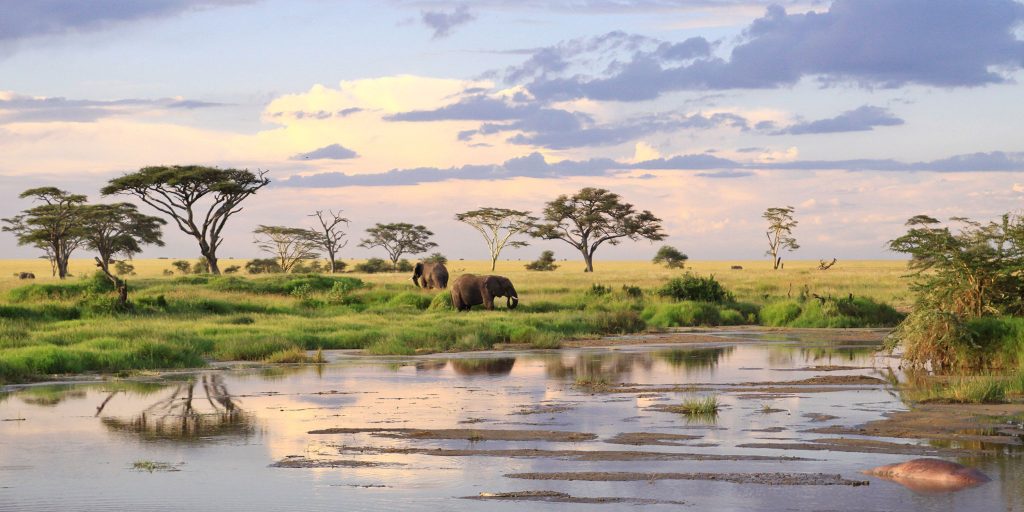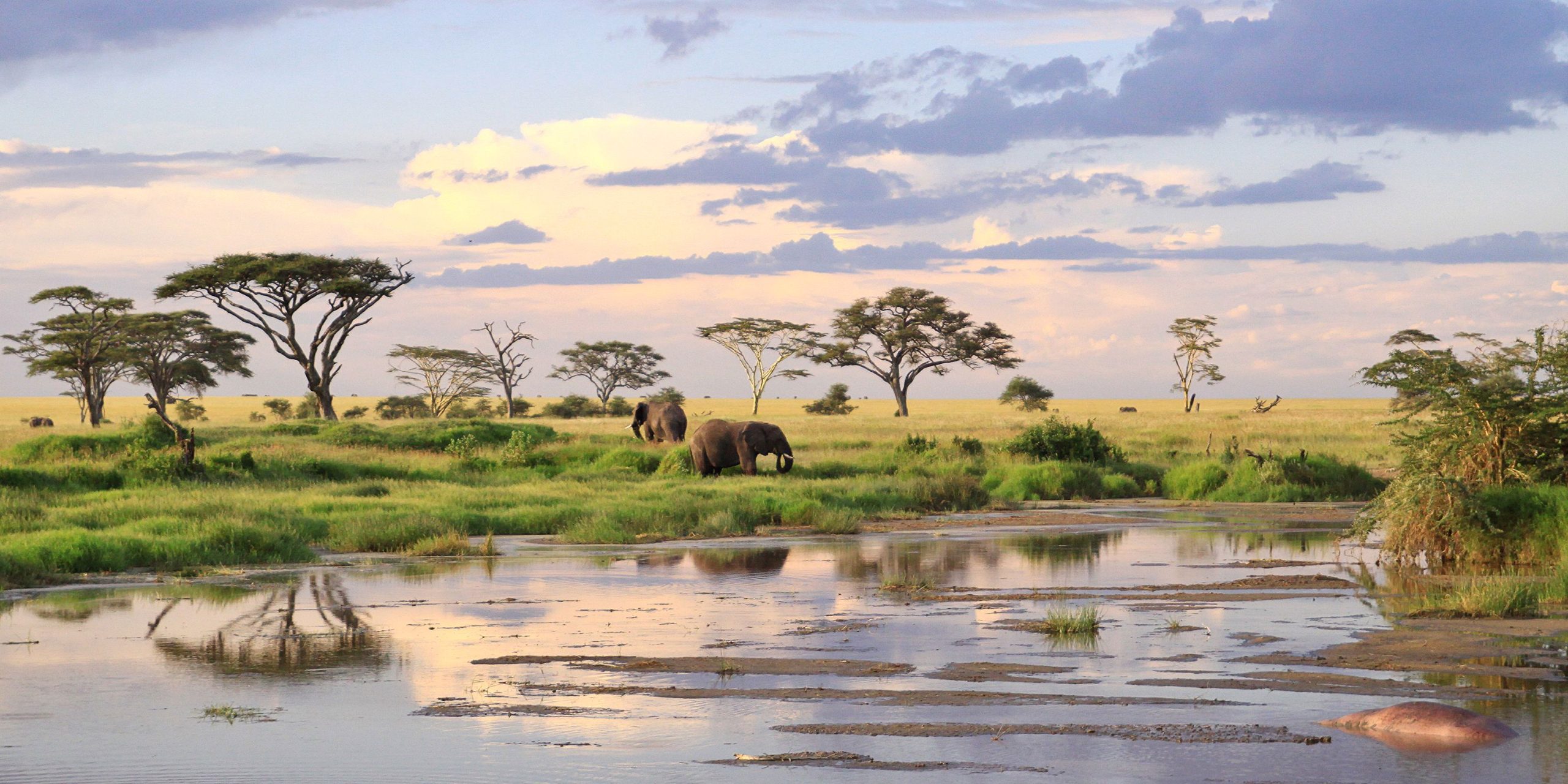Safari
Adventures
Exploring the Serengeti in Tanzania
Embark on a thrilling safari adventure
through the Serengeti, Tanzania’s iconic wildlife sanctuary. In this expert
guide, we’ll unveil the wonders of the African savanna, offering insights,
travel tips, and captivating experiences that will make your Serengeti safari a
journey of a lifetime.
Table of
Contents:
- Introduction
- The Serengeti Unveiled
- Wildlife Encounters in the Serengeti
- Safari Experiences and Camps
- Pros and Cons of a Serengeti Safari
- Practical Tips and Insights
- Conclusion
- FAQs: Your Serengeti Safari Queries
Answered
1. Introduction
The Serengeti, a name that conjures
images of boundless grasslands teeming with wildlife, is a dream destination
for safari enthusiasts. This guide is your gateway to exploring the untamed
beauty of the Serengeti and discovering its awe-inspiring inhabitants.
2. The Serengeti
Unveiled
Fact: The Serengeti National Park spans over 14,750
square kilometers, making it one of the largest wildlife conservation areas in
the world.
Pros:
- Witness the Great Migration, where
millions of wildebeest and zebras traverse the Serengeti and Maasai Mara. - Explore diverse ecosystems, from the
Serengeti plains to the Ngorongoro Crater, each offering unique wildlife
encounters. - The Serengeti’s Big Five (lion, leopard,
elephant, buffalo, and rhinoceros) are among the most sought-after
sightings in Africa.
Cons:
- High season can bring large crowds, so
consider visiting during the shoulder seasons for a more intimate
experience. - The Serengeti’s remote location may
require flights or long drives to reach.
3. Wildlife
Encounters in the Serengeti
Fact: The Serengeti is home to an estimated 1.6
million wildebeest, 200,000 zebras, and 350,000 gazelles during the Great
Migration.
Pros:
- Game drives offer opportunities to see a
wide range of wildlife, including cheetahs, giraffes, hyenas, and numerous
bird species. - Witness predator-prey interactions,
including thrilling lion hunts and dramatic cheetah pursuits. - Explore the Grumeti and Mara River
crossings, where herds face crocodile-infested waters during the Great
Migration.
Cons:
- Wildlife sightings are not guaranteed, as
animals roam freely in their natural habitats. - Early morning game drives can be chilly,
so dress in layers.
4. Safari
Experiences and Camps
Fact: The Serengeti offers a variety of
accommodation options, from luxury lodges to mobile camps.
Pros:
- Experience the allure of glamping (luxury
camping) with well-appointed tents and exquisite dining. - Engage with Maasai guides and learn about
their culture and wildlife expertise. - Sunrise and sunset game drives provide
the best chances to witness active wildlife.
Cons:
- High-end lodges can be expensive, but
mid-range and budget options are available. - Mobile camps may have limited facilities,
so consider your comfort preferences.
5. Pros and Cons
of a Serengeti Safari
Pros:
- A Serengeti safari offers a
once-in-a-lifetime opportunity to witness the wonders of African wildlife
in their natural habitat. - The diversity of landscapes and
ecosystems ensures a wide range of wildlife encounters. - The experience of being in the African
wilderness, surrounded by stunning vistas, is unforgettable.
Cons:
- Safari costs can be substantial,
including park fees, accommodation, and transportation. - Wildlife sightings are unpredictable, and
patience is often required for rare sightings. - High-season crowds can diminish the sense
of solitude and wilderness.
6. Practical Tips
and Insights
- Timing: Plan your safari during the Great Migration (July to
October) for the most dramatic wildlife spectacle. - Packing: Bring binoculars, a good camera with
zoom lens, and lightweight, neutral-colored clothing for optimal safari
experiences. - Health and Safety: Consult a travel clinic for recommended
vaccinations and take precautions against malaria.
7. Conclusion
A Serengeti safari is not just a
journey—it’s an immersive adventure into the heart of Africa’s wild beauty.
Whether you’re watching a lioness on the hunt or gazing at a golden African
sunset, the Serengeti offers moments of awe and wonder that will remain etched
in your memory.
8. FAQs: Your
Serengeti Safari Queries Answered
Q1: What is the best time to visit the Serengeti
for the Great Migration?
A1: The best time is during the dry season from
July to October, when the herds are on the move.
Q2: Are there age restrictions for a Serengeti
safari?
A2: Most safari operators have age restrictions
for children, typically 6 to 12 years old, depending on the camp’s policy.
Q3: Is it safe to do a hot air balloon safari in
the Serengeti?
A3: Yes, hot air balloon safaris are a popular
and safe way to view wildlife from above.
In conclusion, the Serengeti’s allure
lies not only in its extraordinary wildlife but in the profound connection it
fosters between humans and nature. Prepare for an expedition that will ignite
your sense of adventure and inspire a deeper appreciation for the wonders of
the natural world.


